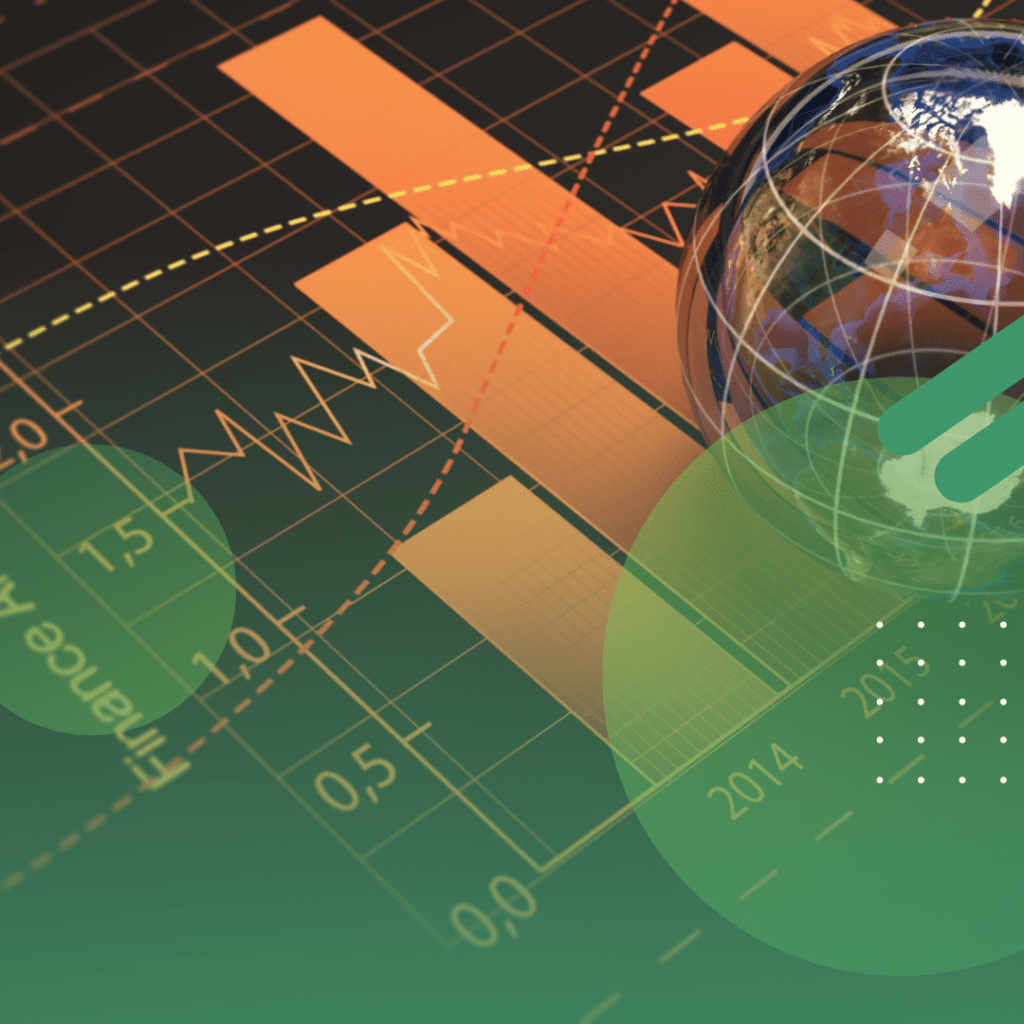What ascends must descend. This is also true of economic trends, which show ups and downs in cycles. However, the rate of rise and fall is determined by economic policy rather than gravity. The consequences of rising interest rates are now being felt, and they are gradually reducing the rate of inflation as measured by the Consumer Price Index (CPI).
How long does it take to curb and keep out of control excessive inflation?
The current pattern has been in place for the previous 22 months, if anything over 15 percent inflation is deemed excessive. The bad news is that during the course of our inflation history, CPI inflation has always remained above 15 percent, reaching a peak of 29.3 percent for 28 consecutive months, from July 1973 to November 1975. Let’s hope that the duration of that spell does not repeat itself in the history of inflation. If anything in the double digits (10 percent or more) is considered high inflation, then we have gone through a high inflationary period that spanned about 46 months between 1972 and 1976.

A further instance of inflation was related to the 2008 global financial crisis.
In January 2008, Pakistan’s CPI inflation rate surged above 10 percent. It began to fall after reaching a peak of 26.1 percent, but it remained over 10 percent for 18 months straight until June 2009. But after only five months, inflation began to rise once more and continued to do so for over 30 months until June 2012. These periods of high inflation demonstrate that it is not only difficult but also takes a long time to reverse spiraling inflation. This is only one of the several reasons why central banks everywhere strive to keep prices stable at a single-digit inflation rate. If the State Bank had raised the policy rate over 22 percent or the government had shown fiscal restraint, the current slow rate of disinflation may have accelerated. Still, the Monetary Policy Committee of the bank did the right thing by avoiding completely extinguishing growth in FY24.
Will there be more fiscal restraint in the fourth quarter of FY24?
It’s not just inflation that is harming us. Our real GDP shrank by 0.2 percent in FY23 due to the surge in inflation, and it is predicted to expand by about 2 percent in FY24. Stagflation is the term used to describe this state of poor growth and high inflation. The historical data on inflation was accompanied by strong growth in FY73 and FY74, at 6.8 and 7.5 percent, respectively. The state of the economy is far worse currently, possibly the worst in our history due to high inflation and slow growth. This combination is seriously exacerbating the status of poverty. Pakistan’s poverty rate decreased dramatically between 2001 and 2018, but the nation’s development has stalled due to ongoing political division, the devastating flood of 2022, the aftermath of the COVID-19 outbreak, and financial uncertainty. As per a recent World Bank projection, the rate of lower-middle-income poverty for FY24 is expected to be 40.1 percent ($3.65 per day at 2017 purchasing power parity), which is nearly identical to the 2018 figure. This suggests that the number of disadvantaged individuals will increase from seven million in 2018 to seven million in 2024.

What steps should be taken to boost GDP, decrease poverty, and further lower inflation?
Tight fiscal and monetary measures are necessary to lower inflation. The State Bank had been enforcing a strict monetary policy with historically high interest rates, but the government continued to borrow money from commercial banks and maintain large fiscal deficits. The government’s fiscal policy will be loose as long as its primary balance does not show a surplus. The good news is that the fiscal authorities have exhibited considerable restraint under the IMF’s Stand-by Arrangement, as seen by the first three-quarters of FY24, which saw a GDP surplus of 1.5 percent in the primary balance while keeping a fiscal deficit of 2.3 percent of GDP.
Will there be more fiscal restraint in the fourth quarter of FY24?
There are typically relatively large government spending and fiscal deficits during the April to June quarter. The fiscal deficit in FY23 increased by 4.1 percentage points in just the fourth quarter, reaching 7.7 percent of GDP. The current quarter is probably going to have similar pressures, which will make the fiscal deficit worse. Will the combined primary surplus of the first three quarters be reduced to a deficit by the fourth quarter’s budgetary excesses? It is still possible that main accounts may demonstrate a surplus; if not, there will be less chance of obtaining a medium-term IMF loan. Errors in policy will also raise the possibility of inflation rising again.
Increasing both local and foreign investment and productivity is necessary for promoting growth.
While luring in foreign capital is a common topic of conversation, drawing in indigenous capital receives less attention. Lower interest rates are one of the necessary conditions for encouraging domestic investment, but they won’t materialize until the inflation trajectory keeps trending downward. Consequently, maintaining sensible macroeconomic policies will result in reduced interest rates and inflation, which will encourage more investment. Prudence in the form of money and taxes will encourage domestic savings, which are essential for domestic investment. In an effort to obtain a new medium-term program that will, at the very least, raise the chance of policy prudence at that time, the government has already begun discussions with the IMF.











Very interesting topic, thank you for putting up.Money from blog